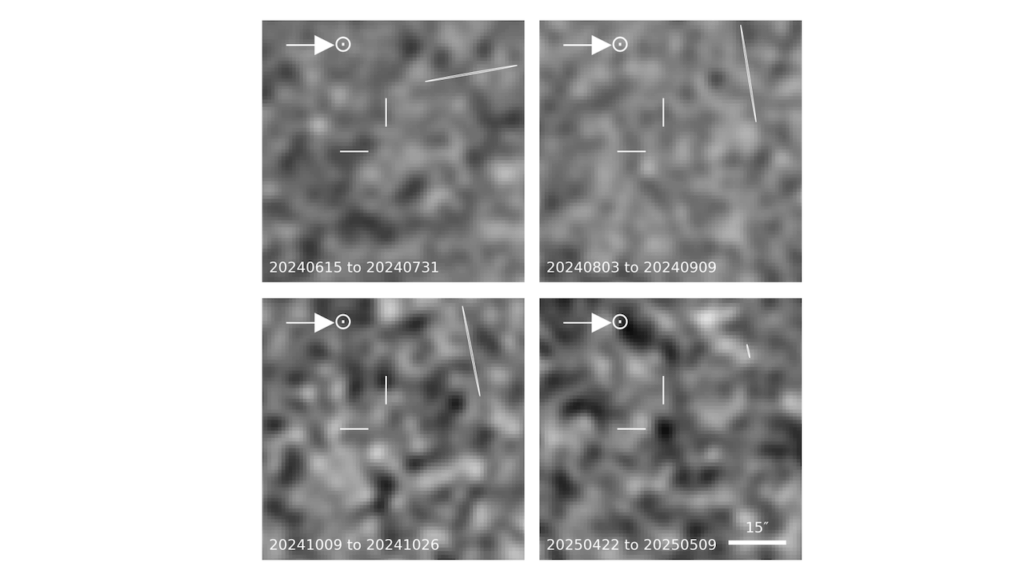Disentangling The Association Of PAH Molecules With Star Formation : Insights From JWST And UVIT

Polycyclic Aromatic Hydrocarbons (PAHs) are ubiquitous complex molecules in the interstellar medium and are used as an indirect indicator of star-formation.
On the other hand the ultraviolet (UV) emission from the young massive stars directly traces the star formation activity in a galaxy. The James Webb Space Telescope (JWST), along with the UltraViolet Imaging Telescope (UVIT), opened up a new window of opportunity to make a better understanding of the properties of the PAH molecules associated with the star-forming regions.
In this study, we investigate how the resolved scale properties of PAH molecules in nearby galaxies are affected by star-formation. We analyze the PAH features observed at 3.3, 7.7, and 11.3 µm using F335M, F770W, and F1130W images obtained from JWST. Additionally, we utilize UVIT images to assess the star formation associated with these PAH emitting regions.
Our study focuses on three galaxies, namely NGC 628, NGC 1365, and NGC 7496, selected based on the availability of both JWST and UVIT images. Based on the resolved scale study on the PAH bright regions using JWST and UVIT images, we found that the fraction of ionized PAH molecules is high in the star-forming regions with high ΣSFR. We observed that emission from smaller PAH molecules is more in the star-forming regions with higher ΣSFR Our study suggests that the PAH molecules excited by the photons from SF regions with higher ΣSFR are dominantly smaller and ionized molecules.
UV photons from the star-forming regions could be the reason for a higher fraction of the ionized PAHs. We suggest that the effect of high temperature in the star-forming regions and the formation of smaller PAH molecules in the star-forming regions might also be resulting in the higher fraction of emission in the F335MPAH band.
K. Ujjwal, Sreeja S Kartha, Akhil Krishna R, Blesson Mathew, Smitha Subramanian, Sudheesh T P, Robin Thomas
Comments: Accepted for publication in Astronomy & Astrophysics
Subjects: Astrophysics of Galaxies (astro-ph.GA)
Cite as: arXiv:2401.04061 [astro-ph.GA] (or arXiv:2401.04061v1 [astro-ph.GA] for this version)
Submission history
From: Krishnan Ujjwal
[v1] Mon, 8 Jan 2024 18:00:44 UTC (7,275 KB)
https://arxiv.org/abs/2401.04061
Astrobiology, Astrochemistry








